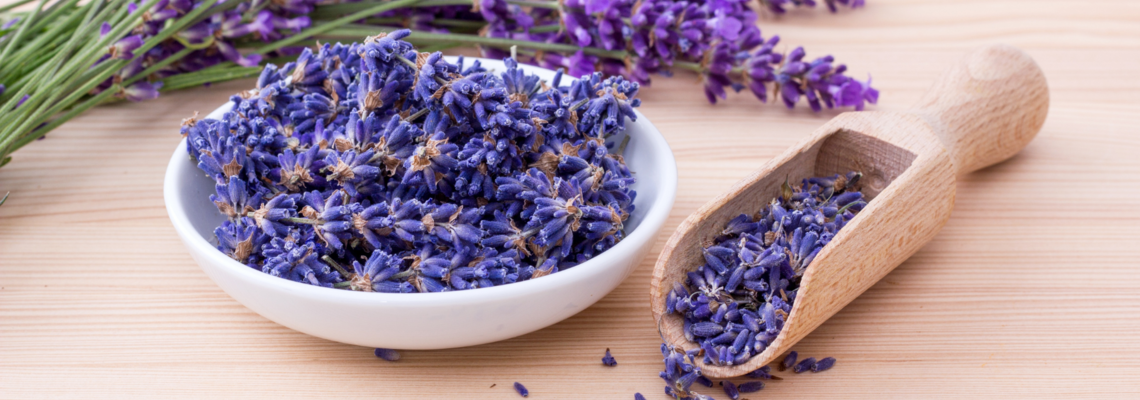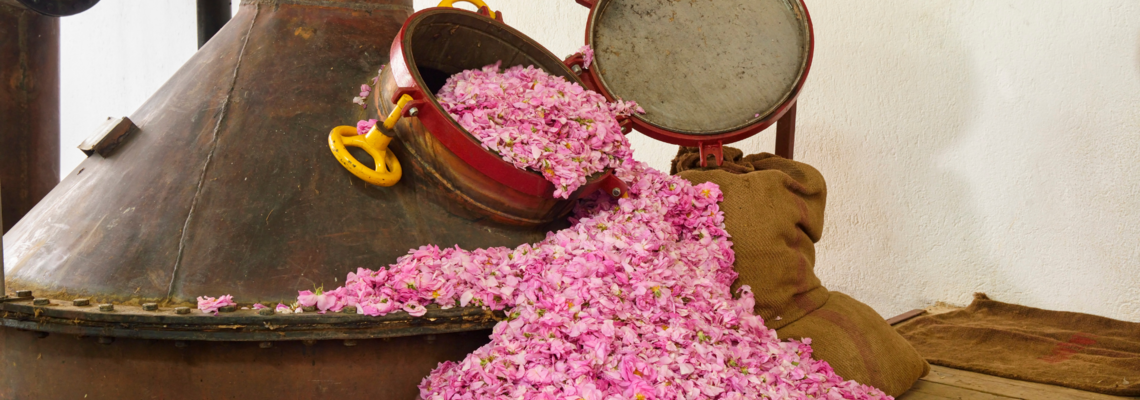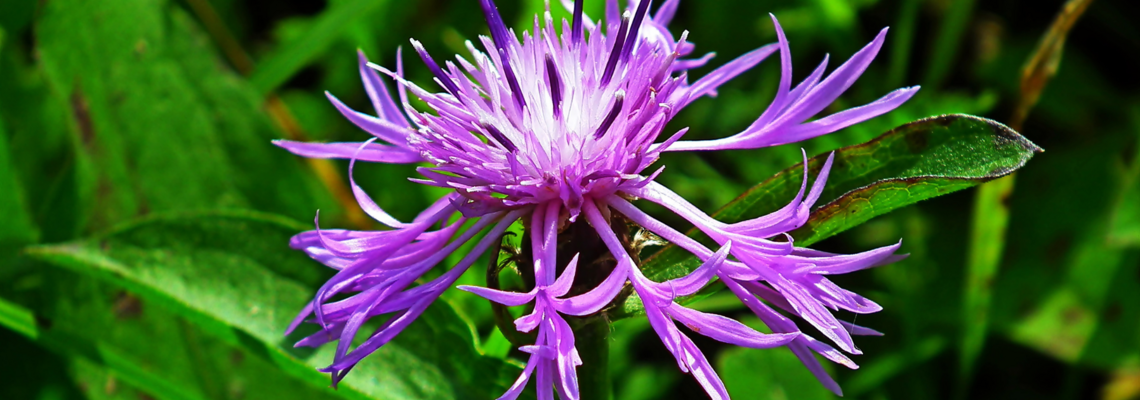
7 Amazing Benefits of the Lavender Plant
Lavandula angustifolia
From its calming fragrance to its powerful healing properties, the Lavender Plant is well-known for its many benefits. It's no wonder this herb has been used in aromatherapy and herbal remedies for centuries! In this blog post, we will explore 7 of the amazing Lavender Plant benefits that make this herb so special. From its stress-relieving effects to its antibacterial properties, there are plenty of reasons to incorporate lavender into your lifestyle. Keep reading to learn more about the amazing Lavender Plant benefits!
The history of lavender
The use of lavender dates back to ancient times. It was a popular ingredient in Roman baths, and it is believed that the scent was used to ward off evil spirits. Lavender has also been used throughout the ages for its medicinal properties. It has been used to soothe skin conditions, reduce stress and anxiety, and even to aid in sleep.
The best-known uses of lavender come from traditional folk remedies. For centuries, people have used lavender in bathwater and as a compress to help with a range of skin issues, from sunburn to insect bites. It has also been used as an antiseptic and to ease headaches. Lavender was also used for its calming effects and as a way to improve moods.
Today, lavender is still valued for its therapeutic benefits. It is widely available in essential oil form and is considered to be one of the most popular aromatherapy oils. Many people use lavender for its calming effects, for insomnia, and for its antiseptic qualities. The scent of lavender is said to be good for both the mind and the body, making it a great choice for stress relief and relaxation.
The healing attributes of lavender
Lavender has long been known for its numerous health benefits, and it has been used for centuries as an herbal remedy for a variety of ailments. Lavender has a strong, sweet, and calming aroma that is said to help reduce stress and promote relaxation.
It has also been used for its antiseptic properties, making it an excellent choice for treating cuts, scrapes, and other wounds. Additionally, lavender can be used topically on the skin to help soothe irritation and reduce inflammation.
Studies have also shown that lavender essential oil can help treat headaches, insomnia, depression, anxiety, and digestive problems. Inhaling the scent of lavender is believed to best stimulate the body's natural healing response.
What's more, lavender has antibacterial and anti-inflammatory properties, making it a good choice for treating acne and other skin conditions. It can also be used to help heal burns, insect bites, and even diaper rash.
In short, the healing attributes of lavender are vast and far-reaching. Its calming and soothing effects make it an excellent choice for many different ailments and skin conditions.

How to use lavender
Lavender has many great skin benefits, making it one of the best ingredients to use for a variety of skin ailments. Lavender oil can be used in many different ways to help soothe and treat your skin, while also providing a pleasant scent. Here are some of the best ways to use lavender for skin benefits:
1. Make a Facial Toner – Lavender is an excellent choice for making a facial toner as it is known to help reduce redness and irritation. Simply add a few drops of lavender essential oil to a bottle of distilled water and spray onto your face after cleansing.
2. Use as a Facial Mask – Adding a few drops of lavender essential oil to a basic face mask can help to reduce inflammation, redness and help with acne.
3. Apply Topically – Adding a few drops of lavender oil directly onto the affected area can be very soothing and help with healing skin ailments such as eczema, psoriasis and other skin irritations.
4. Make a Body Scrub – Mix together sugar and lavender essential oil and rub over your body in circular motions. Not only will this scrub help to exfoliate your skin, but it will also leave behind a pleasant scent that will linger throughout the day.
Using lavender in any of these ways is sure to provide good results for your skin!
Lavender Essential Oil
Lavender essential oil is a powerful botanical extract used for centuries to promote relaxation, soothe the mind and body, and aid in calming skin irritations. The fragrant oil can be found in a variety of personal care products and is now widely used in aromatherapy. It’s believed to have a variety of therapeutic benefits including its ability to reduce stress and anxiety, help with insomnia, and ease pain.
The benefits of lavender essential oil for skin include:
1. Skin Moisturizer: Lavender essential oil helps hydrate the skin, making it an ideal natural moisturizer. It’s gentle enough to be used directly on the skin without irritation or causing any kind of discomfort.
2. Anti-Inflammatory: Lavender essential oil has powerful anti-inflammatory properties that make it great for treating skin conditions such as eczema, psoriasis, and acne. It can also help soothe minor cuts and scrapes.
3. Antibacterial: Lavender essential oil has antiseptic and antibacterial properties that can help protect the skin from infection and speed up healing time.
4. Aromatherapy: Lavender essential oil has a pleasant, calming scent that can help reduce stress and promote relaxation. It can also help improve mood and energy levels.
Now you know about the many benefits of lavender essential oil for skin and aromatherapy! This versatile oil is one of nature’s best remedies for skin health and emotional wellbeing.
The chemical ingredients of lavender
Lavender is a flowering plant with a distinctive aroma that has been used for centuries in various forms of traditional medicine. Its essential oil is the most commonly used lavender extract, and it is composed of many different chemical compounds.
The main components of lavender essential oil are linalool, linalyl acetate, lavandulyl acetate, 1,8-cineole, and terpinen-4-ol. These compounds have antiseptic, anti-inflammatory, and sedative properties, making them ideal for use in aromatherapy.
Linalool is the primary component of lavender essential oil and it has strong antibacterial properties. It is also an effective pain reliever and can reduce inflammation. Linalyl acetate is another important component of lavender essential oil and it has calming and relaxing effects on the body.
1,8-cineole is a terpenoid found in lavender essential oil and it has anti-inflammatory and antioxidant properties. It can help to reduce symptoms of asthma and allergies as well as relieve pain and promote healthy skin.
Terpinen-4-ol is another component of lavender essential oil and it is known for its antiviral and antifungal properties. It can help to boost the immune system and protect against infections.
These five compounds make up the majority of the chemical components of lavender essential oil, but there are many other minor components present as well. Some of these include limonene, camphor, beta-caryophyllene, geraniol, and coumarin. Each of these compounds has its own unique benefits, contributing to the overall therapeutic effects of lavender essential oil.
Enjoy the marvelous lavender
The Lavender plant is a beautiful addition to any garden and its sweet, fragrant aroma brings peace and serenity to the environment. From its captivating color to its calming fragrance, lavender is one of nature’s most remarkable gifts. Its therapeutic properties make it a popular ingredient in many aromatherapy treatments, while its natural oils can be used to make a variety of personal care items.
Whether you use it as an herb for culinary purposes, in aromatherapy, or as part of your beauty regimen, the Lavender Plant is sure to bring a sense of peace and well-being. With so many wonderful benefits, there’s no reason why you shouldn’t enjoy the marvelous Lavender.
I wish you fun discovering and experimenting with the Lavender Plant and all of its wonderful uses!
Comments
No Comments




